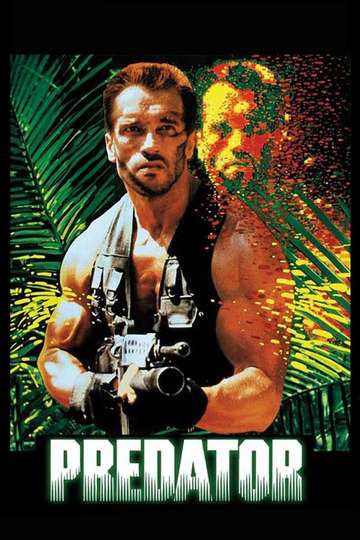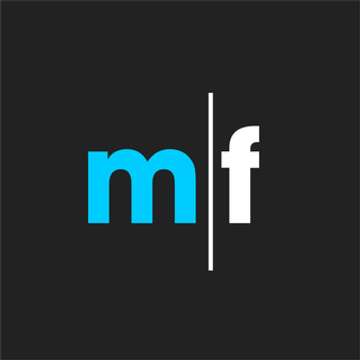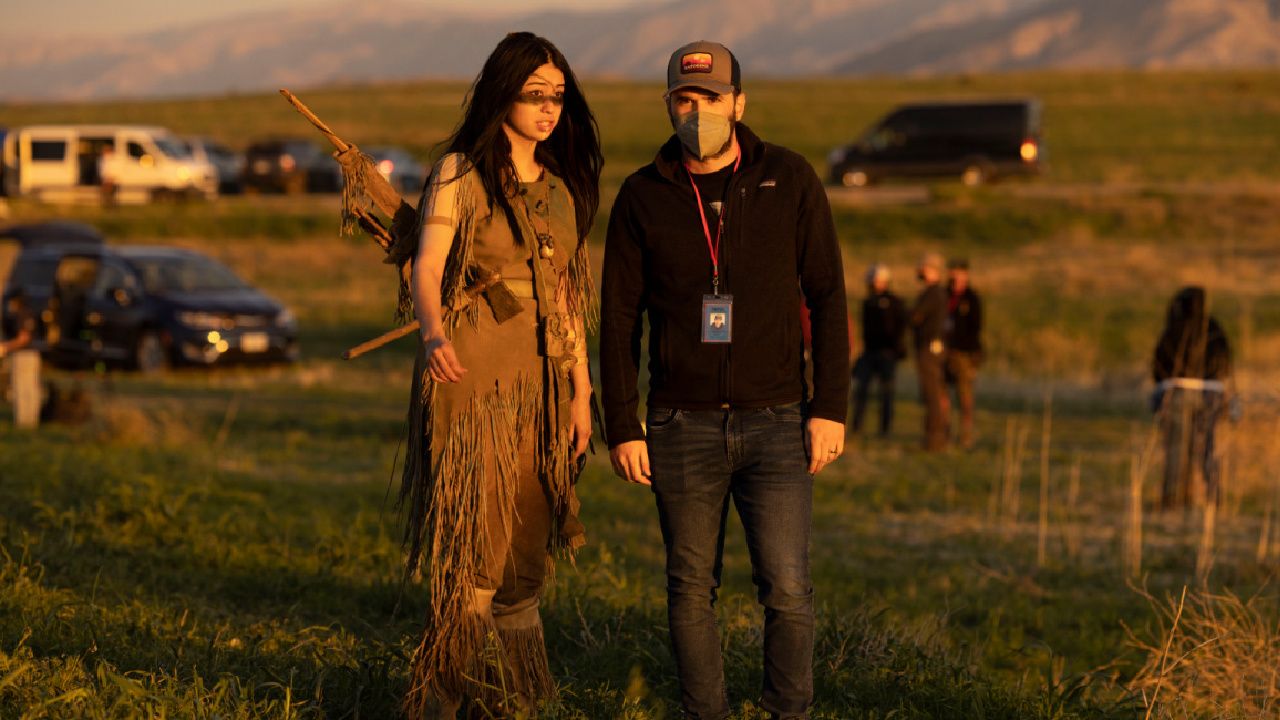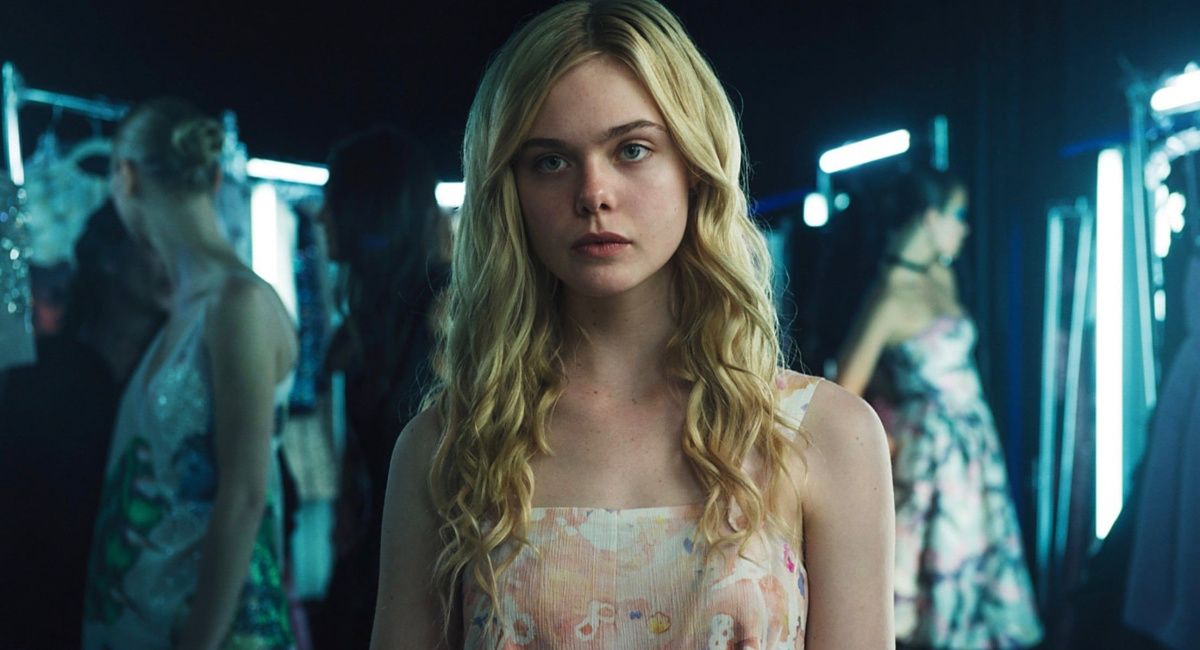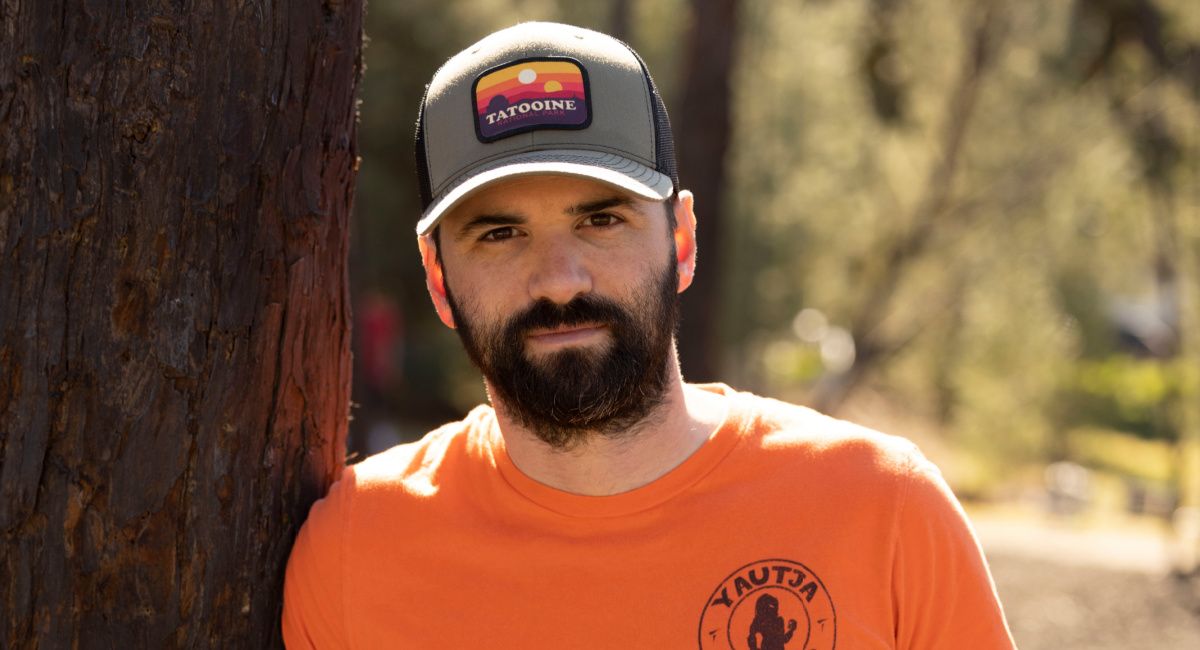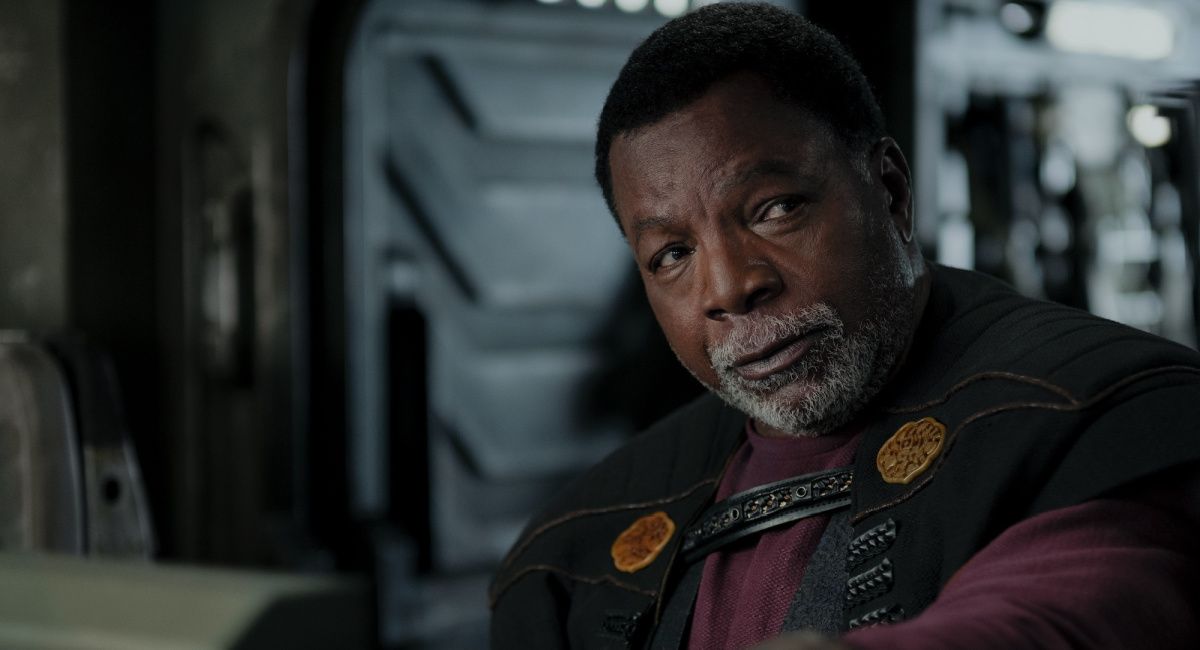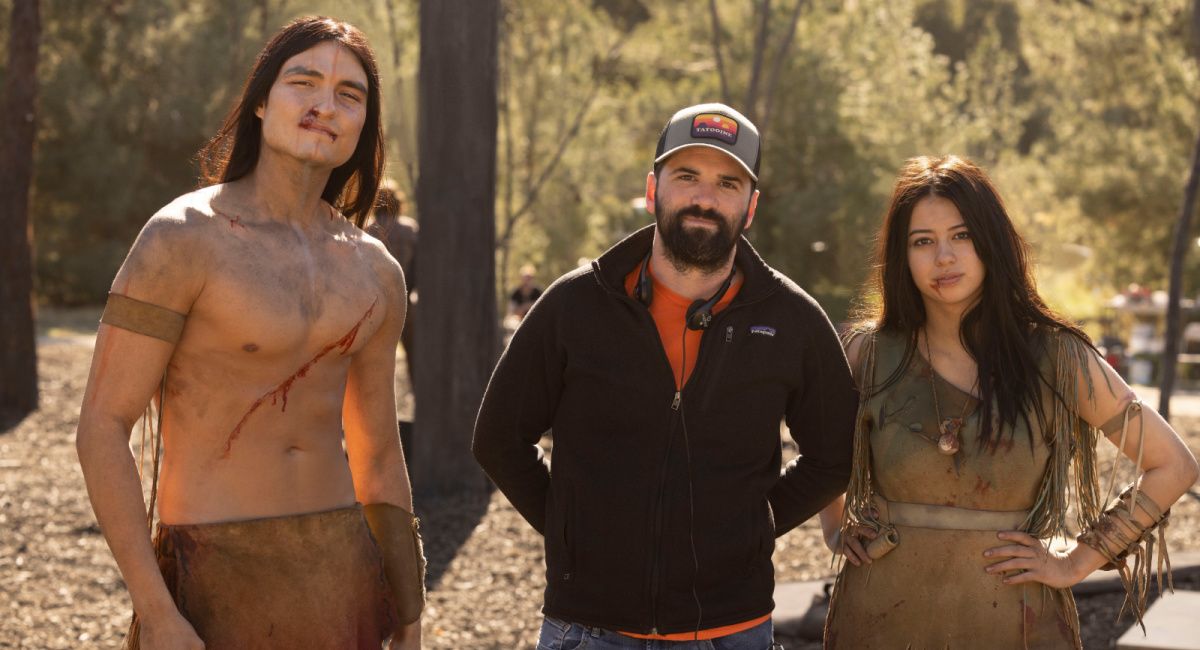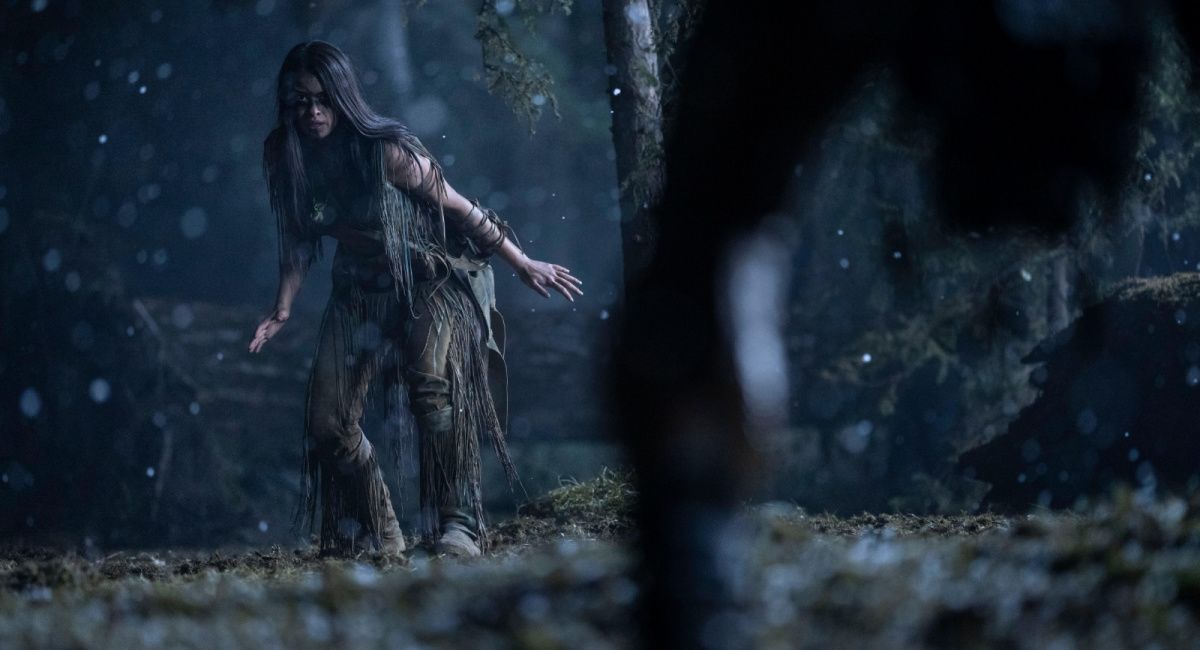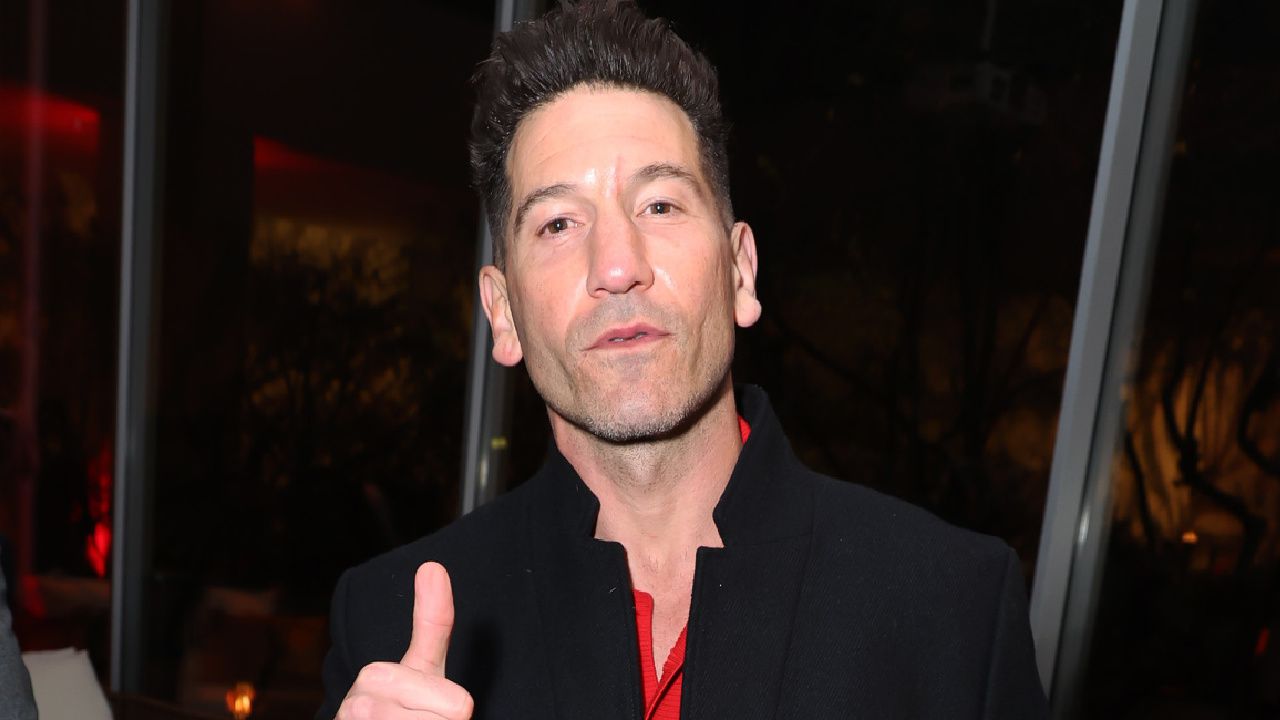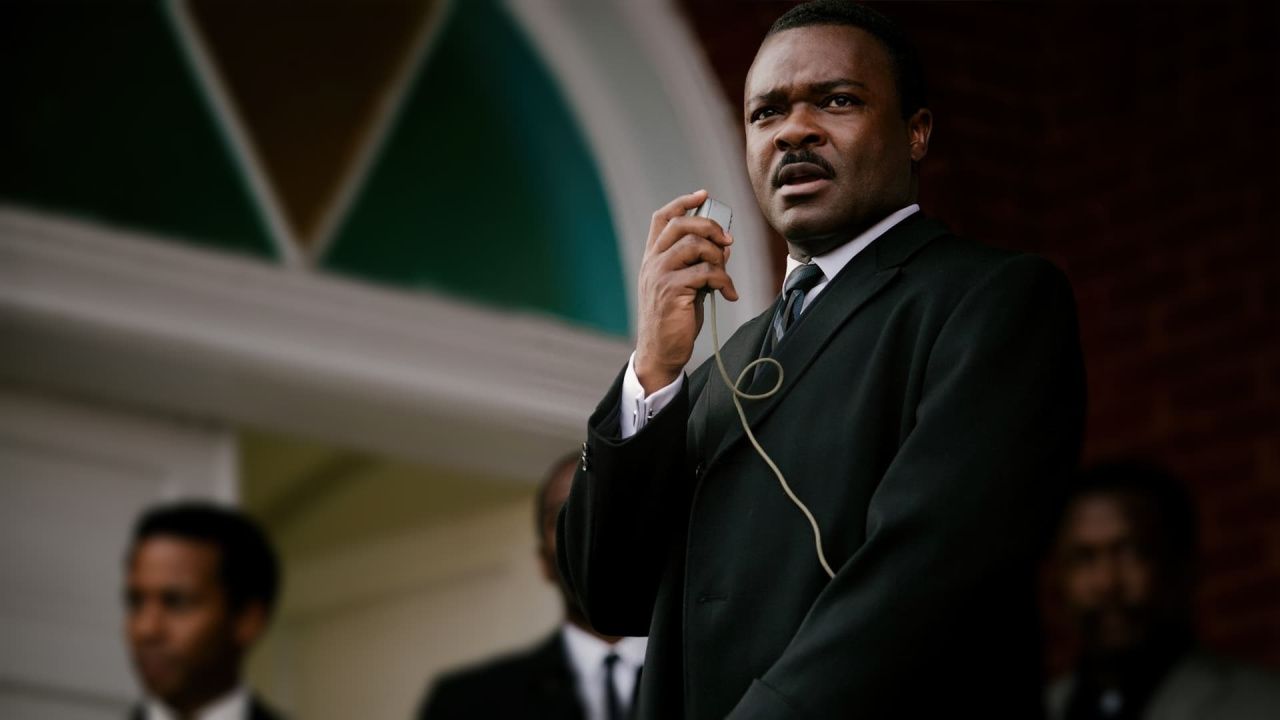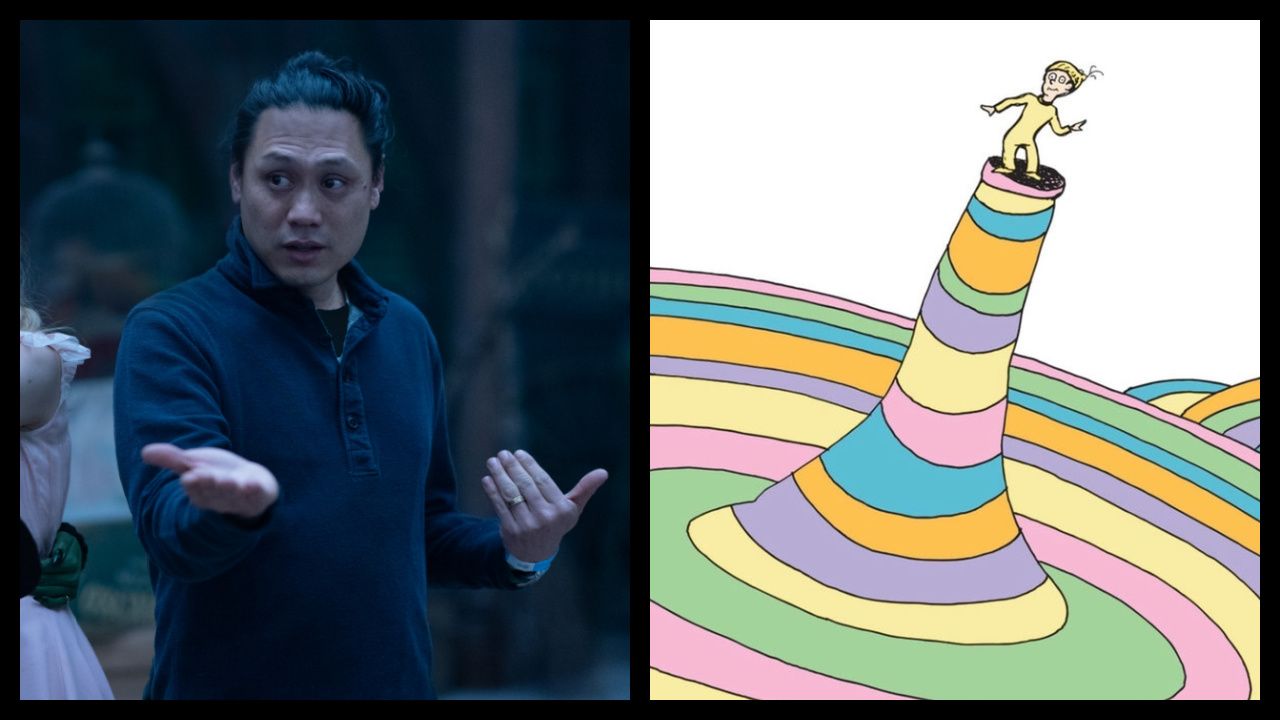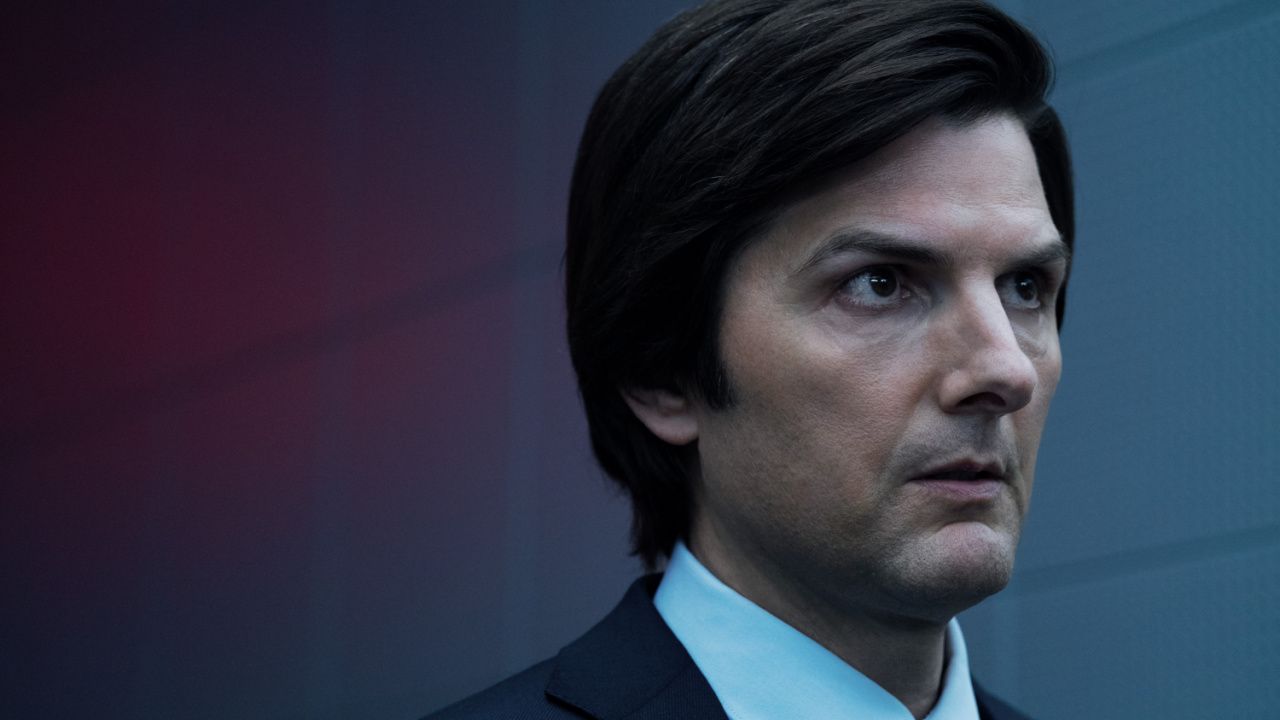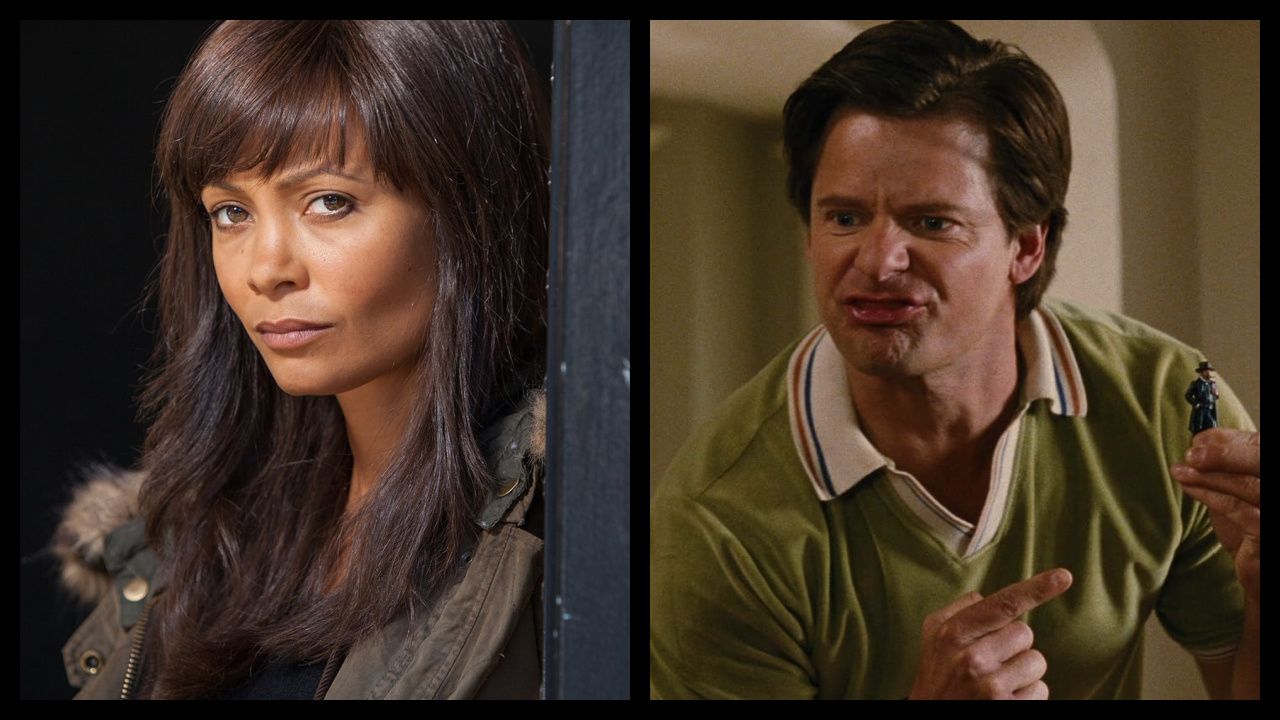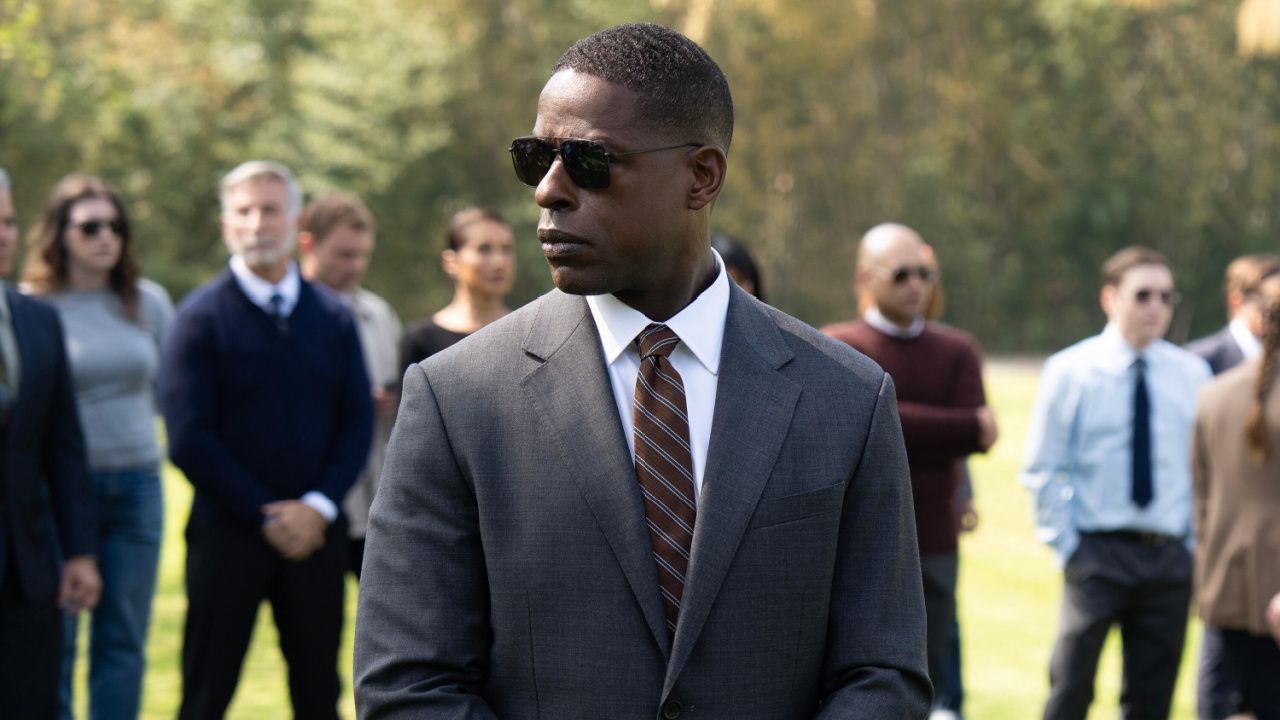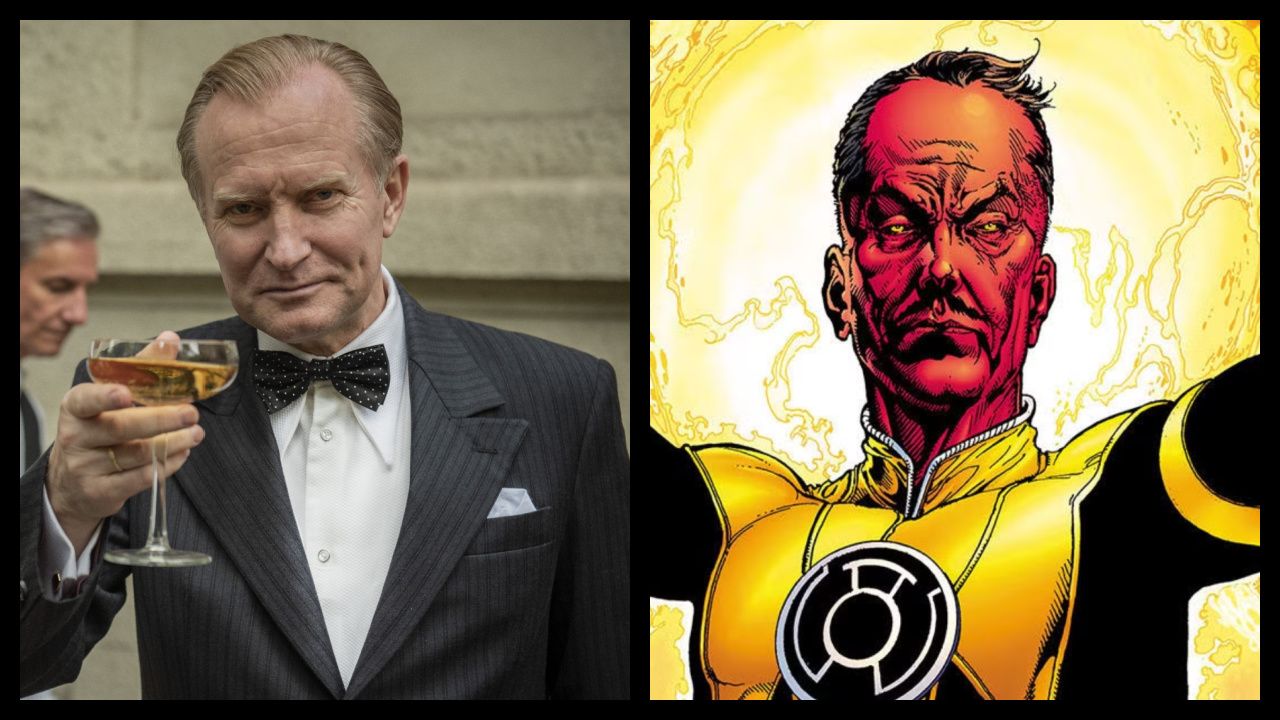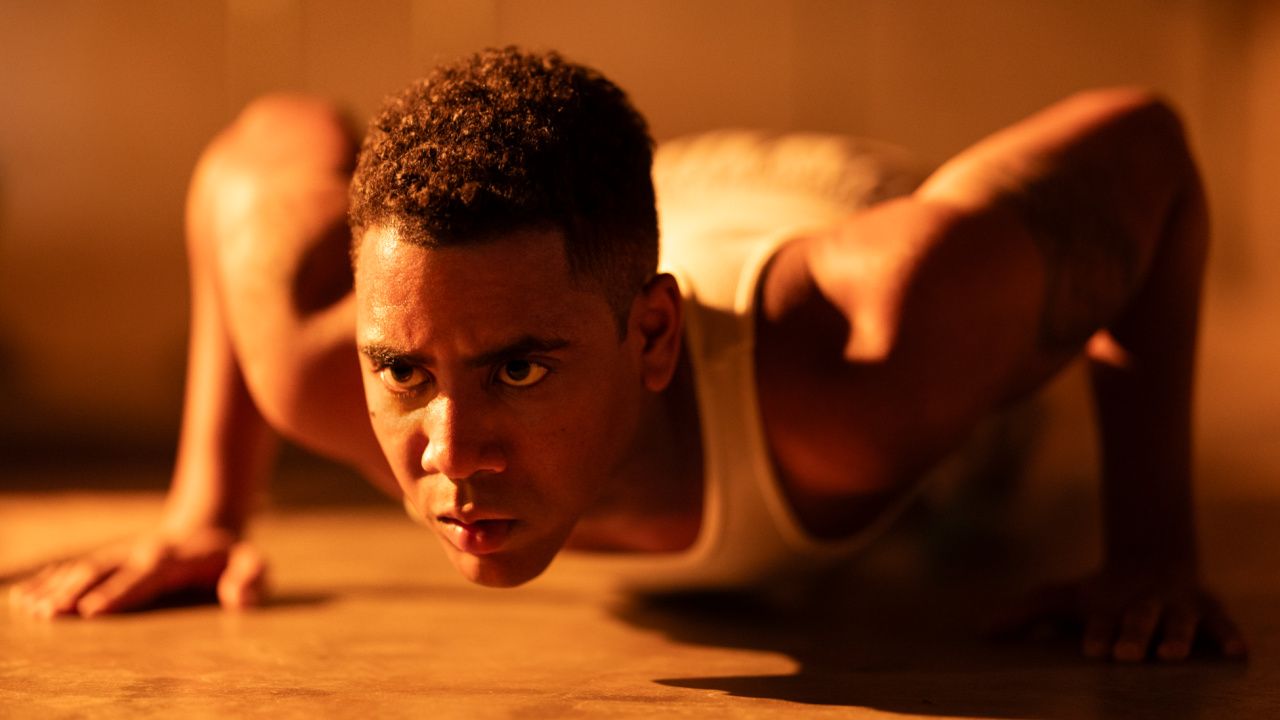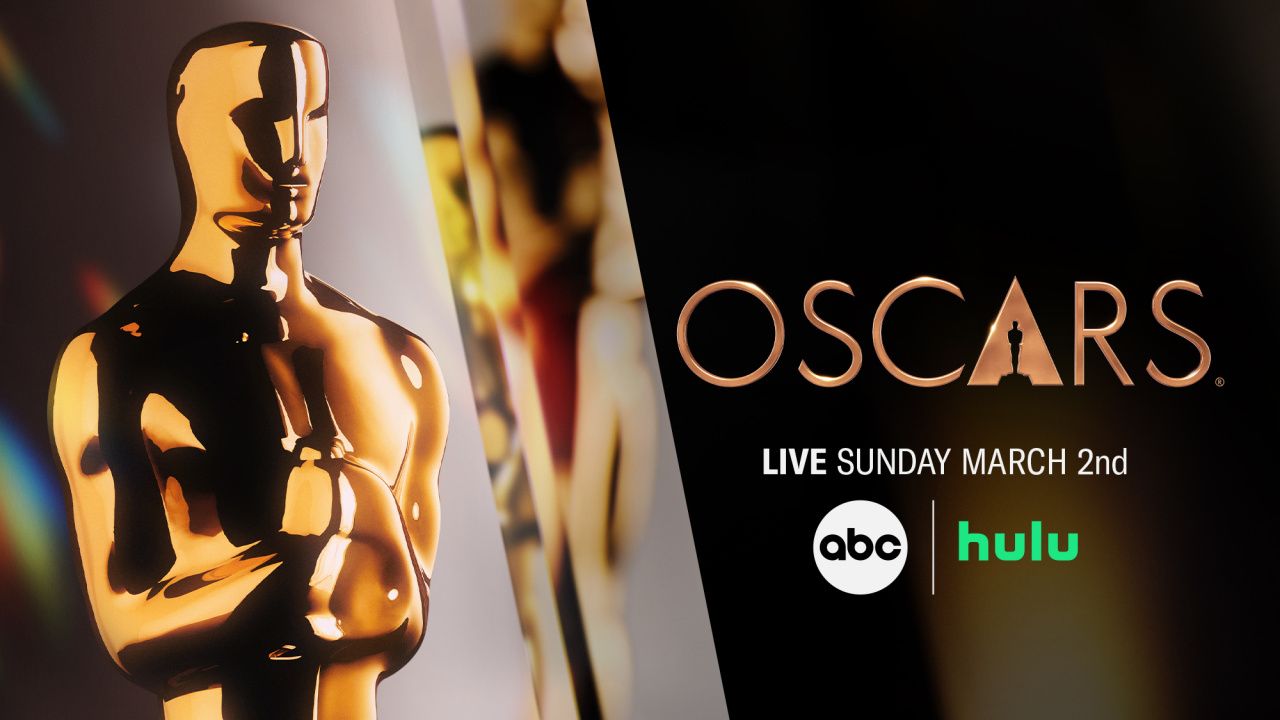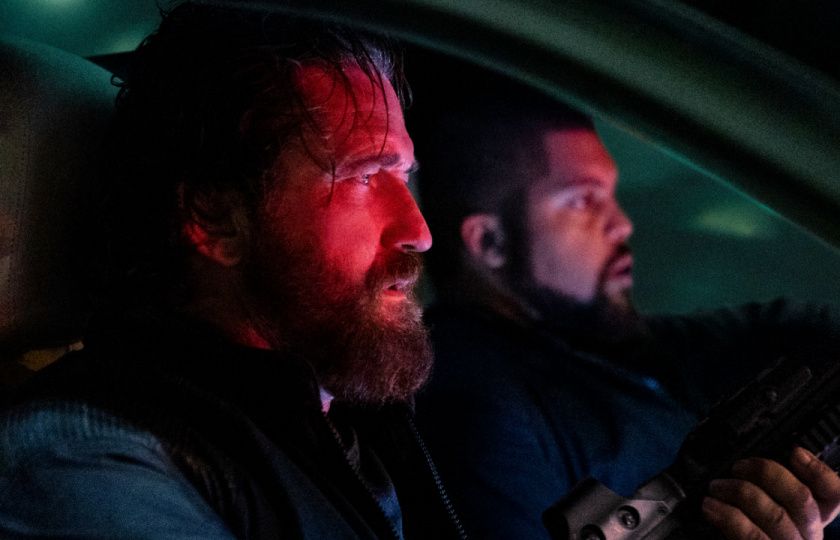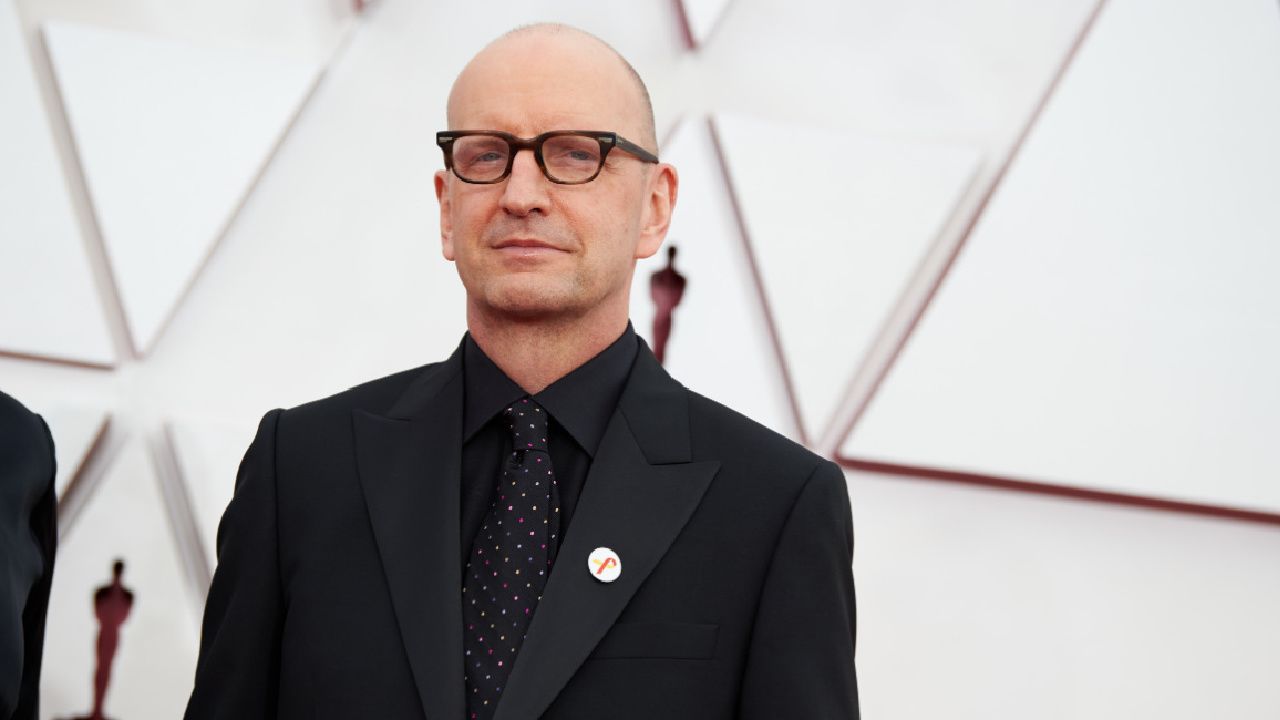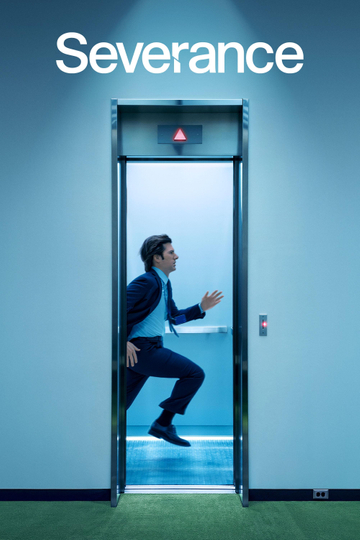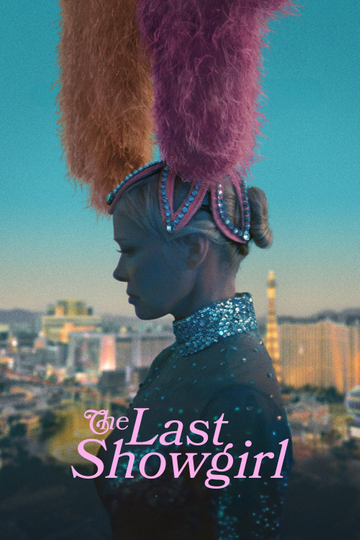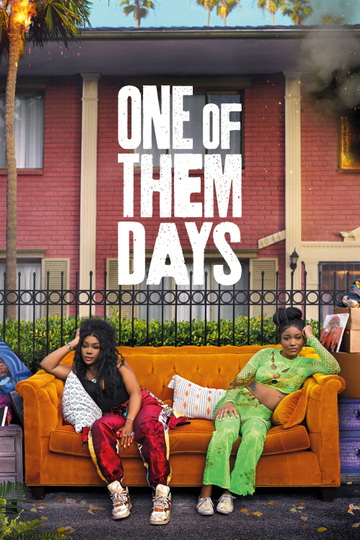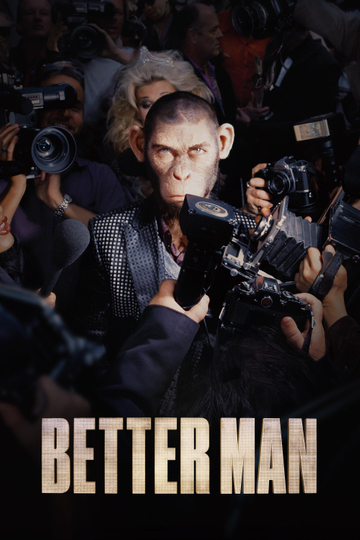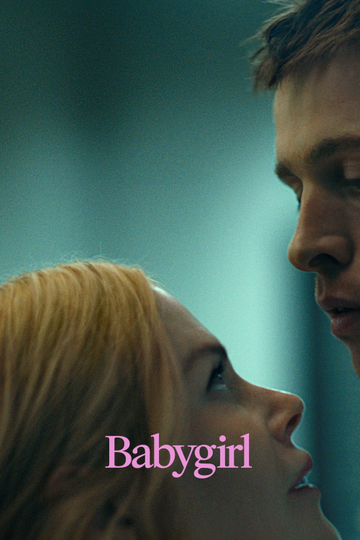Exclusive: 'Predator' Director John McTiernan Celebrates the '80s Classic's 30th Anniversary
This summer, John McTiernan's sci-fi action classic "Predator" turns 30 and, looking back on the film, it's aged damned well.
The tale of a bunch of muscle-y special forces operatives, who go into the jungles of South America to rescue hostages and come face-to-face with something way more otherworldly, "Predator" is the rare 1980's action film (alongside one of McTiernan's other classics, "Die Hard") that exists in a timeless space of pure enjoyment. Much of this has to do with the commitment of Arnold Schwarzenegger as Dutch, the leader of the team, and Stan Winston's effects, but even more of it has to do with the rollicking sense of adventure that McTiernan brought to the project. "Predator," 30 years later, is still a really good time. (If you're wondering why the endless parade of sequels and reboots has never really worked, well, here you go.)
I got on the phone with McTiernan to talk about the 30th anniversary of the movie, what Shane Black was really doing on set, Jean-Claude Van Damme's involvement in the project, and whether or not he views it as a classic.
Moviefone: When did you first board the project?
John McTiernan: Fox had developed it and they were ready to make it when they got to me.
What was appealing about the project to you?
Obviously, it was just fun. It was an innocent monster movie. It was good popcorn-eating. And most of those action films are filled with all sorts of hateful things and this one wasn't, this was fun. In particular the idea became fun when they said they wanted to do it with Arnold. That made the entire thing much more interesting.
Was Arnold a part of the project before you became involved?
We went to meet him. We went down to South Carolina, where he was making a film, and met him there to talk about it.
Was he attracted to the same things you were about the story?
Sure. I think so yes. And it was certainly a great part for him.
The rest of the cast is really interesting, as well, between Carl Weathers or Shane Black. Was there any guiding principle for hiring the rest of the guys on Arnold's team?
No, not really. To some extent, I wanted him to have a couple of good actors around him because Arnold wasn't that experienced at the time. He hadn't made very many movies. But I knew that he was very smart and he's like a sponge. He just picks up information from people. So I tried to keep people around him who knew how to act, particularly Carl Weathers.
Arnold was really wonderful about that -- you could tell. Normally, the star stays in his trailer when they're doing a scene with the second lead. Nope. Whenever Carl was working, particularly during the first half of the movie, Arnold somehow wasn't in his trailer. He was standing around watching what was going on. He was learning! That's why I cast Carl. Because Arnold is so competitive, right? So I gave him someone to compete with! A guy who is a much more experienced actor!
Is there any truth to you having Shane Black on set for rewrites, but then not using him at all?
Well, we tried to get him to be on set for rewrites and he didn't want to take the job -- and he was happy to take a job as an actor. And yes, he did contribute. He was always coming up with ideas and things. Like that goofy joke he told, that terrible joke -- I heard him tell some guy that joke at lunch, and I said, "We've got to put that in the movie!" Because it was what Shane was like. We just used him for what he was like. He didn't have to act or pretend to be somebody else. It was neat.
And now Shane is directing a 'Predator' movie. Have you talked to him about it at all?
No, I haven't.
You shot the movie in Mexico. What was that experience like?
Well, it was two parts: I was a very young director at the time, so I didn't have a lot of credibility. The cameraman and I wanted to do it on the Caribbean side of Mexico, where there's jungle. And there was somebody with the studio who wanted to do it in Puerto Vallarta, because it has big hotels. I think he owned a condo there. And he hadn't done any homework and the Pacific side of Mexico, the trees are deciduous, they drop their leaves.
So, we prepared the movie when it all looked green and we got there to shoot and the leaves were turning orange and falling off. So after we'd shot two-thirds of the movie or so, by then the studio had been seeing footage and they decided they trusted me a little bit, so we then got to move the company over to the Caribbean side of Mexico, near Palenque. All of the jungle that's in the movie was shot there.
I remember seeing documentary footage of you guys having to glue leaves back to trees.
It was pretty ridiculous.
You famously ordered a redesign of the monster during shooting. But is it true that Jean-Claude Van Damme was in the original version of the suit?
Yes. We never shot anything with him. It was a complete screw up with his agent, trying to hustle him into a job and didn't know what the movie was. It's silly. It was really silly.
When you saw the second version of the monster did you know he was going to be a classic creature?
Oh, yeah. We'd been working on it for a couple of months in Los Angeles, practicing things and working out how the whole crab face worked. That was a lot of fun to watch because it was all airplane controllers, the various things on his face. So there were like five kids off camera who had some portion of his face with a radio airplane control on it. There was one kid who had the eyebrows and one kid who had the claws. And they had to practice. It was like puppetry -- but very complex puppetry. You had five puppeteers make one monster work.
Has the legacy of the film surprised you?
I don't know. It was a good, fun movie and I'm glad people still like it.
But you didn't know you were making a classic?
No, one doesn't set out to do that.
In the breadth of your career, where do you place this movie?
It was just a fun thing to do. I enjoyed it. But, again, I'm not a historian of my own career and I don't find it real useful to think about stuff like that. That's for other people to do. As I said, the whole idea of it was it was supposed to be fun. And it seemed innocent. I still get meetings for action movies and most of them are mean, they have mean hearts and are filled with cruelty in one sort or another. It just misses the point of why people go to the movies. People go to the movies to have a good time. Most people forget that or lose track of it -- why those people sent their $10 to see the movies.
And the sequence where they're shooting into the forest is your commentary on guns, right?
Well, it was sort of a commentary. There were some studio types who were basically into gun pornography. They wanted to sell gun pornography. They said I wasn't doing enough close-ups of guns and stuff. So I said, "Why don't I just do a whole scene?"
But I also made it one that had something to do with the story, because all of these guys have giant guns and the whole point is that they're helpless in the face of this monster. That's the whole point of the story. They're these enormously, heavily-armed guys, and they're not prepared for this. So the whole point was, we hit nothing. But it also got rid of the gun pornographers because I gave them five minutes of nothing but guns. So they were quiet after that.
Jesse Ventura's gun was off of a helicopter, right?
Well, we made it. There were a couple of guns we made up, that the military made afterwards. The one with the 40mm grenades? We made that. There was nothing like that. And it seems like the military has made one. We made one. It was scenery. It was battery-powered. And we made it for the movie because we thought it was cool. We were thinking like 14-year-old kids. That is the ultimate critic or advisor in a movie like that, you have to listen to the 14-year-old boy in you. So we made up that gun.
The Gatling gun was a machine that is mounted on helicopters. Nobody's ever carried it. That's ridiculous. It runs at a quarter speed -- just so you could see the barrels rotating. Otherwise, the barrel would go so fast you couldn't see it. And if it was running at full speed and shooting –- one, even somebody as big as Jesse Ventura could only carry two seconds of ammunition -- but it would also bury him in shell casings up to his knees in about ten seconds. It's ridiculous. But it was fun. We made it up.
Well, being someone who is a fan of your films, it's obvious what the studio made you stick in the movie, but you had ways of getting back at them. They didn't let you shoot anamorphic so you stretched out the Fox logo at the beginning, right?
[laughs] Yeah, that was funny. They wouldn't let us shoot anamorphic at the time because it was early days on computer stuff, and they didn't think they could handle it. Now, they can do it -- but, at the time, they were just hoping they could figure out how to do it. So they were afraid to let us work with anamorphic.
You think if you made it today, would you approach it any differently?
No, I don't think so. You have to make the movie that the 14-year-old boy wants to see.











